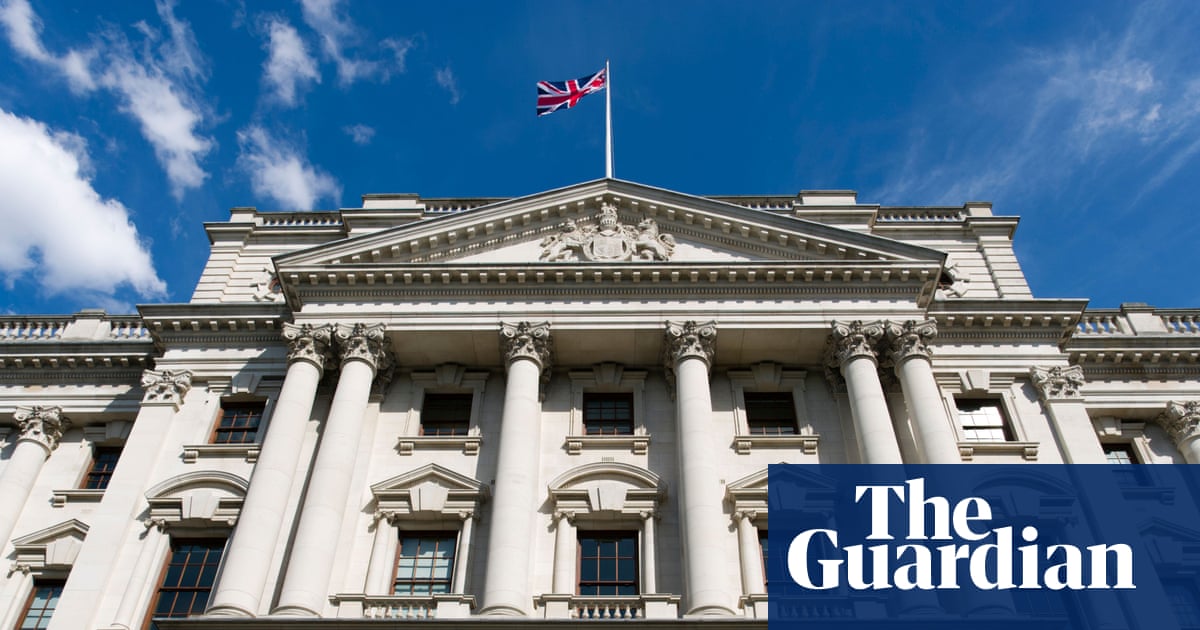Government borrowing was the highest for five years in September after rising debt interest costs and higher welfare payments pushed the public finances deeper into the red.
Figures from the Office for National Statistics (ONS) showed public sector net borrowing – the difference between public spending and income – hit £20.2bn last month, up £1.6bn from the same month last year and the highest September borrowing since 2020.
The ONS said a rise in tax receipts was unable to offset the jump in debt interest costs this year and a rise in welfare costs, which have mostly soared in response to rising inflation.
City economists polled by Reuters expected borrowing to be £20.8bn in September.
The latest figures mean total borrowing so far this financial year is £99.8bn, £7.2bn more than forecast by the Office for Budget Responsibility in March, dealing another blow to the chancellor, Rachel Reeves, in the run-up to her budget on 26 November.
UK borrowing costs on international money markets have fallen in recent weeks, cutting the cost of financing UK government debt.
However, the interest bill remains at historically high levels and annual borrowing is set to be more than £100bn this year – almost 10% of the annual budget – putting a squeeze on how much Whitehall departments can spend.
Reeves is expected to be faced with a deficit of between £20bn and £40bn when she announces the autumn budget.
As well as significant tax rises, the chancellor has hinted that she will revive plans to reduce the welfare bill, as she wrestles with a costly downgrade to the OBR’s productivity forecast.
after newsletter promotion
The economy grew in August by 0.1% but a downgrade of growth in July meant that the the figure was only 0.3% over the three months to the end of August.
More details soon …
